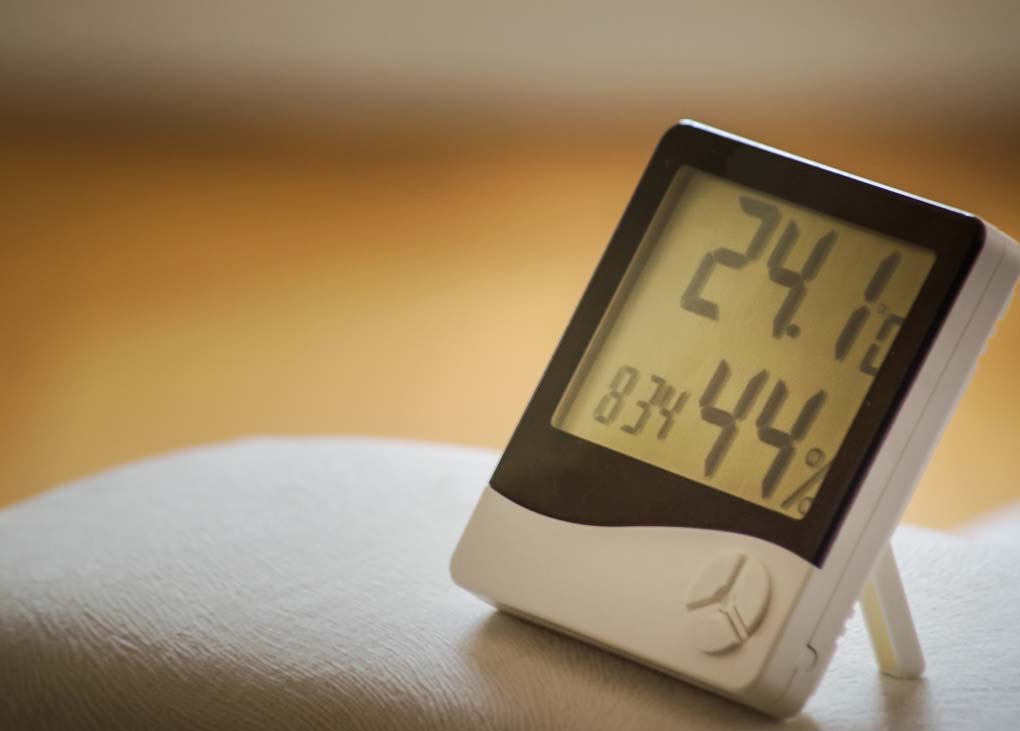Leading members of the international scientific and medical community have called on the World Health Organization (WHO) to establish global guidance on the minimum lower limit of air humidity in public buildings.
Those behind the move have created a petition, which they say is aimed at increasing global public awareness about the crucial role indoor environmental quality plays in physical health, and driving policy change. It calls on the WHO to review the extensive research that shows an indoor humidity level of between 40–60 per cent relative humidity (RH) is the optimum threshold for inhibiting the spread of respiratory viruses such as influenza. It is also a prime consideration as countries around the world begin to relax restrictions around COVID-19 and people return to work.
“Ninety per cent of our lives in the developed world are spent indoors in close proximity to each other,” says Professor Dr Akiko Iwasaki PhD, the Waldemar Von Zedtwitz Professor of Immunobiology and Professor of Molecular, Cellular and Developmental Biology at Yale, and an investigator for the Howard Hughes Medical Institute.
“When cold outdoor air with little moisture is heated indoors, the air’s relative humidity drops to about 20 per cent. This dry air provides a clear pathway for airborne viruses, such as COVID-19. That’s why I recommend humidifiers during the winter, and why I feel the world would be a healthier place if all our public buildings kept their indoor air at 40 to 60 per cent RH.”
According to the petition, there are three key notable findings suggesting why indoor air should be maintained at 40–60 per cent RH in public buildings such as hospitals, care homes, schools and offices throughout the year:
- Breathing dry air impairs our respiratory immune system’s ability to efficiently capture, remove and fight airborne viruses and germs, rendering us more vulnerable to respiratory infections
- When the RH is lower than 40 per cent, airborne droplets containing viruses, such as SARS-CoV-2, shrink through evaporation, making them lighter. This enables the particles to float for longer in the air, increasing the likelihood of infection
- The vast majority of respiratory viruses suspended in dry atmospheres survive and remain infectious for much longer than those floating in air with an optimum humidity of 40–60 per cent RH.
Another leading name behind this initiative is Dr Stephanie Taylor MD, Infection Control Consultant at Harvard Medical School, ASHRAE Distinguished Lecturer and member of the ASHRAE Epidemic Task Force.
“In light of the COVID-19 crisis, it is now more important than ever to listen to the evidence that shows optimum humidity can improve our indoor air quality and respiratory health,” says Taylor.
“It is time for regulators to place management of the built environment at the very centre of disease control. Introducing WHO guidelines on minimum lower limits of relative humidity for public buildings has the potential to set a new standard for indoor air and improve the lives and health of millions of people.”
Dr Walter Hugentobler MD, former lecturer at the University of Zürich, is another well-known name supporting the petition.
“Raising air humidity by humidification reduces the risk of virus spread in hospitals and other buildings at low cost and without causing negative effects,” says Hugentobler. “It can also be easily implemented in public buildings, both in private and workplace environments with relative ease. Humidification gives people a simple means of actively combatting seasonal respiratory infections.”
The petition specifically and directly targets the WHO, due to the pivotal role the organisation plays in setting global guidelines for indoor air quality. Today, there are no recommendations from the WHO on the minimum lower limit of humidity in public buildings. If the WHO publishes much needed guidance on minimum lower limits of humidity, building standards regulators around the world would be encouraged to act urgently.
The organisers of the petition have set a goal of 100,000 signatures. To read and sign the petition, click here.
 Mark Vender
Mark Vender


Leave a Reply